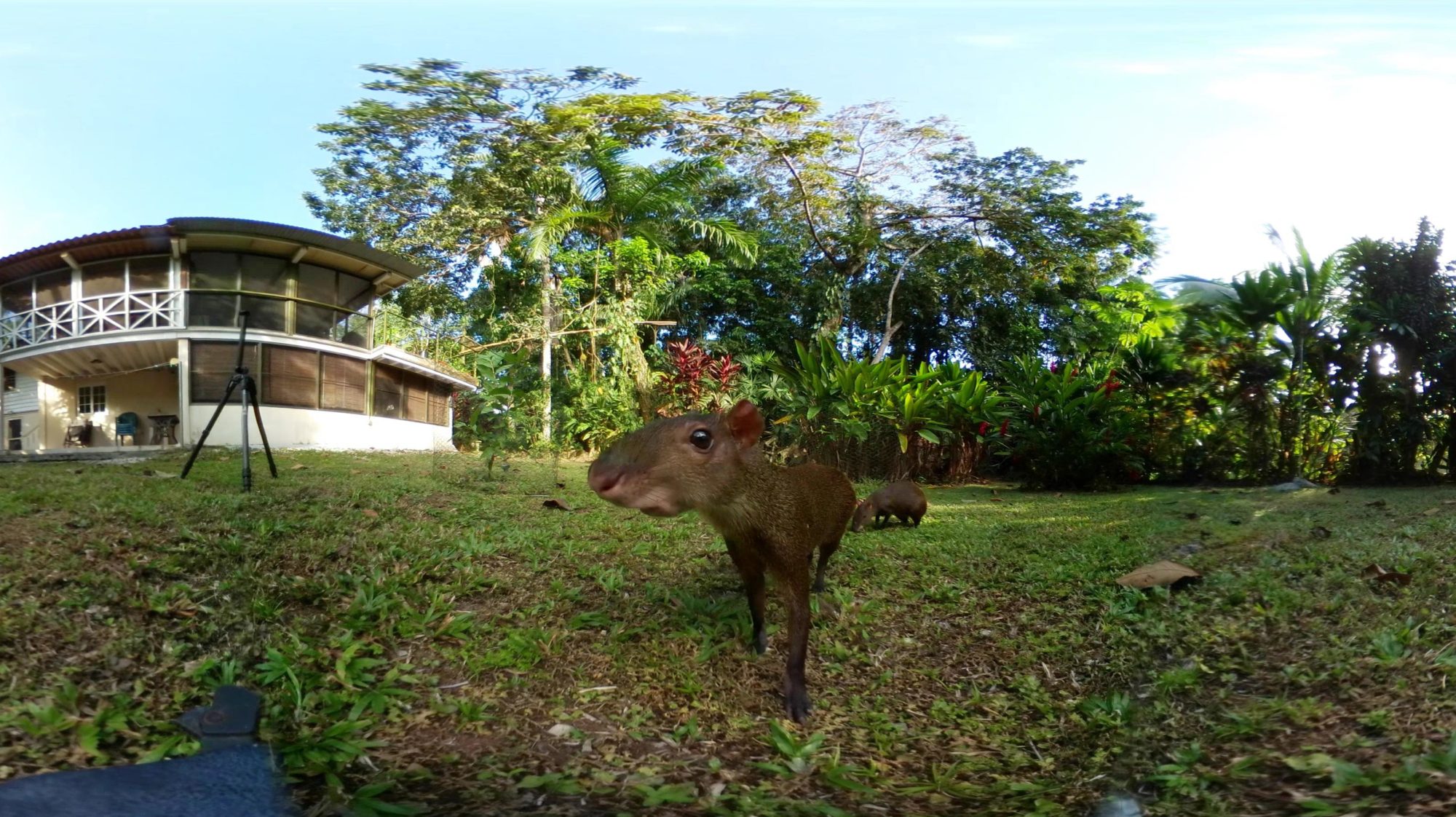Paper by Kitty Kelly about using yarn to explore the mind both biologically and mentally.
Abstract
The popularity of knitting and crochet, or yarncraft, is on the ascent. As more people discover its pleasures, enthusiasts and neuroscientists are also realizing that crafting with yarn elicits soothing and therapeutic effects. The meditative aspects of knitting and crochet are already familiar to the legions of yarncrafters, but recognition of the neuroscience of yarncraft is a relatively recent phenomenon. This work proposes to embody the relationship between yarncraft and its neurological benefits with a physical art project. This project will take the form of a large crocheted e-textile brain sculpture with embedded LEDs whose illumination is controlled live by a brain-computer interface worn by a yarncrafting practitioner. This sculpture visualizes the changes in the neurology of the yarncrafter.
Yarncraft and Cognition – Creativity and Cognition 2017 by Andrew Quitmeyer on Scribd



